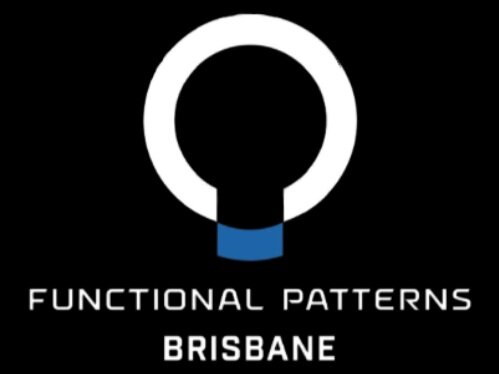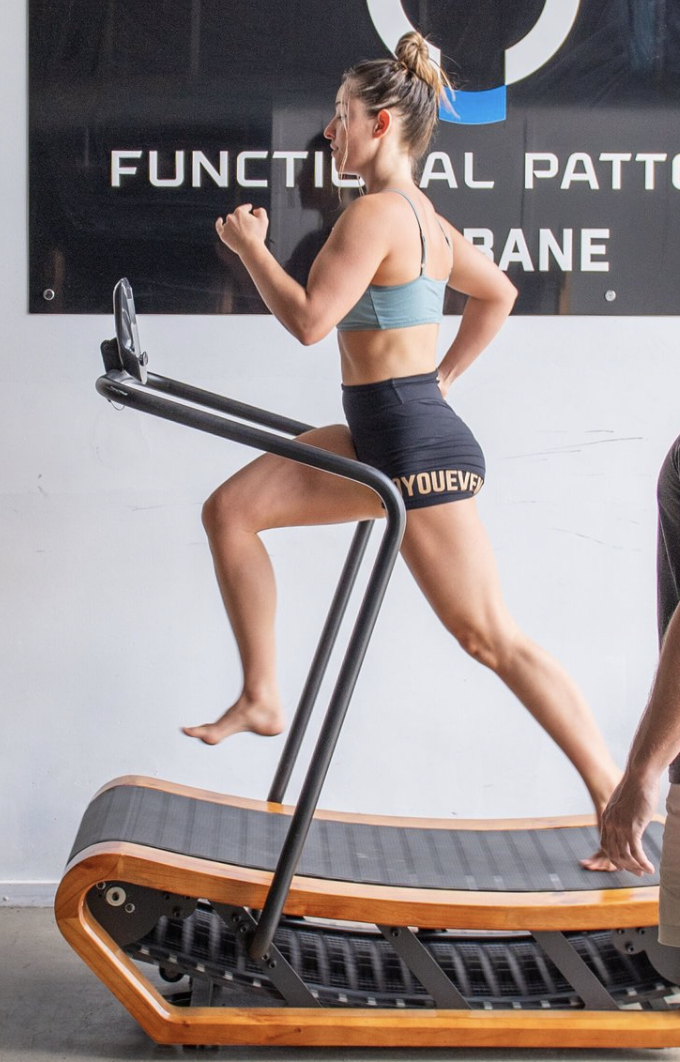Do Kyphosis Correctors Fix Hunchback Posture?
Many people use hunchback posture correctors to improve hunchback posture and spine health. These devices are popular for quickly fixing the visual signs of kyphotic-lordotic posture. People have made claims that their products fix forward head posture.
Kyphosis correctors apparently help fix spine curvature caused by bad posture from standing or sitting too long. Let us further investigate how well posture correctors can address the main problems of kyphotic-lordotic posture.
A hunchback posture corrector helps pull shoulders back and straighten the spine easily. However, the actual impact of such devices on correcting the underlying problems associated with a kyphotic-lordotic posture is questionable.
Braces can make you look better and feel more comfortable, but they don't help strengthen your muscles for good posture. They also do not address the underlying bad habits that contribute to poor posture and forward head posture.
A kyphotic-lordotic posture is when the upper back curves forward and the lower back curves inward.
This problem involves more than just the spine. It also includes the entire posture system. The system is not functioning properly. Kyphosis posture affects everything from the neck to the lower back.
Addressing kyphotic-lordotic posture effectively goes beyond temporary fixes. It requires a comprehensive approach, including physical therapy and exercises designed to correct the natural curves of the spine. Two types of kyphosis include postural and Scheuermann. Each type has its own characteristics and may need different treatments depending on severity.
In some cases of kyphosis, a physician may suggest more intense treatments like spinal fusion. The main aim is to fix the upper spine's look and keep vital organs like the heart and kidneys healthy. Treating kyphosis in different forms is complex and crucial for overall health.
The Arguments ‘For’ and ‘Against’ KYPHOSIS Posture Correctors for Hunchback Posture
I found a company who sells posture correctors and boiled down their main points. Let’s see if any hold true, or if someone is simply trying to sell you their product.
1. Effectiveness in Reversing Kyphotic Posture:
THE FOR:
The blog emphasised that posture correctors are effective in aligning the spine and training muscles to maintain proper posture. They are a tool to help fix a hunched posture, making you look taller, straighter, and slimmer.
THE AGAINST:
Fixing posture issues like kyphosis means fixing the root causes, often from bad habits and muscle imbalances. Using posture correctors too much can make you rely on them and not fix the root cause of your posture problems. True posture correction involves retraining the body's movement patterns to ensure long-term structural alignment without external support.
2. Support and Training for Proper Posture:
THE FOR:
People describe kyphosis back braces as rigid and forceful. People tend to describe posture correctors as more 'supportive'. They apparently train users to hold proper posture 'by themselves'. Over time, this can lead to a natural improvement in posture without the need for the corrector.
THE AGAINST:
Posture correctors can briefly enhance your appearance. But, they do not train both muscles and nerves to maintain proper posture longterm.
Functional Patterns promotes dynamic exercises that involve the whole body, improving posture and movement. This method focuses on actively using and strengthening muscles needed for good posture, rather than just temporary fixes.
3. Appropriate for Certain Cases of Kyphosis:
THE FOR:
The blog explains that posture correctors are helpful for small curves in your upper back, specifically when the curve is less than 60 degrees. They work well if you're not experiencing much pain and your back problem isn't because of an injury or illness. They help with certain back problems, mainly for people aged 20 to 60, when the curve in their upper back isn't too severe.
THE AGAINST:
Functional Patterns advises using a method that considers the entire body to help even with slight kyphosis. This means improving movement all over, not just in one area. If we only focus on the curve in the upper back and use a posture belt, we might not see other issues. For example, a like a slanted pelvis, crooked shoulders, and unbalanced movements.
A comprehensive assessment and correction strategy can offer more effective and enduring solutions to postural kyphosis without the limitations of a posture corrector. It also overlooks older people and those with serious kyphosis, leaving them without easy treatment options.
The truth is, there is no fast and easy way to correct a kyphosis without correcting the root causes found in movement.
4. Bodily Feedback and Muscle Strengthening:
THE FOR:
Posture correctors reportedly remind users to maintain good posture by providing bodily feedback and support. Feedback from the device apparently keeps the spine straight.
THE AGAINST:
The feedback from posture correctors is passive and does not actively engage the brain's learning processes for postural adjustment. Functional Patterns principles emphasise the importance of conscious engagement and proprioception in retraining the body. Active correction through specific exercises can lead to more significant and sustainable postural improvements. This is because they promote awareness and control over posture
5. Augmentation with Kyphosis Exercises:
THE FOR:
The article recommends using a posture corrector with specific kyphosis exercises (e.g., back extension and core strengthening exercises, yoga, Pilates). They claim that adding exercise can enhance the results.
THE AGAINST:
The exercises themselves, if correctly chosen and executed, should be sufficient to correct postural kyphosis. Functional Patterns exercises aim to balance out the body by addressing muscular imbalances. The exercises improve functional movement patterns, reducing the reliance on external aids and fostering innate postural strength and alignment.
What Really Works To Correct Hunchback Posture?
The true kyphotic posture treatment lies in reeducating the body to utilise its spinal column correctly. Kyphosis is often because of not enough twisting and bending as time goes by. Using tools like posture correctors leads people to miss out on actively using their muscles the way they need to for a healthy spine.
To fight a hunched back and its related arching lower back, you need a complete plan. You need a plan with exercises designed to improve your spine's flexibility (not only through stretching), strength, and awareness.
This approach helps teach your body to move in ways that bring back your spine's natural shape and function. Different from using a hunchback posture corrector, which only gives a quick and shallow solution. Instead, this method aims to create long-term improvements in how you use your body and keep good posture all day.
Even though a kyphosis posture corrector might look like a good fix for bad posture, its benefits are only on the surface. To truly fix bad posture, you need to understand how your body works and commit to actions that help your spine's health. Get to the heart of the problem with a kyphotic posture and see real, lasting improvements in your posture and health.
The Connection Between Gait and Hunchback Posture
Exploring the connection between gait and posture reveals a fascinating yet often overlooked aspect of human movement. The relationship between how we move and the shape of our spine is intricate and profound. To truly understand the impact of gait on posture we need to understand that every step we take is complex. Each step we take has significant implications for our spinal health.
The Dynamics of Movement and Spinal Health
Consider the act of walking not just as a means of locomotion but as a series of controlled falls. With each step, the body must counteract downward forces, requiring precise coordination across various muscle groups and joints. Spinal rotation and extension are crucial because they help spread out the forces from walking evenly across the body.
When you rotate and extend correctly, you can maintain a natural and upright posture. This prevents the development of compensation patterns that can lead to postural deviations.
The Ripple Effect of Compromised Gait
Our modern, sedentary lifestyles have decreased the use of the natural movements that keep our spines healthy. A healthy spine prevents forward head posture.
Instead, we sit at a desk for hours, look down at our phones and engage in repetitive tasks. We lack high quality movement. These factors contribute to a lack of necessary spinal rotation and extension.
This deficiency forces the spine into a kyphotic position as a form of compensation. Over time, this not only affects the structure of the spine, but also alters the body's movement patterns. This creates a vicious cycle where poor gait contributes to poor posture, which in turn further worsens gait patterns.
A Misaligned Spine: More Than Just Poor Posture
A hunched spine is not just an aesthetic issue. It shows a deeper problem with how the body works. This wrong alignment puts too much pressure on the spine's discs, ligaments, and muscles.
Kyphosis causes pain, reduces mobility, and increases the risk of injury. It also affects how well the body handles forces when moving, making even easy activities harder and possibly painful.
The Limitations of Passive Correction
By passively supporting the spine, posture correctors can actually exacerbate the problem over time. They discourage the active engagement of the muscles required for spinal support and mobility. Relying on a hunchback posture corrector is akin to putting a bandage on a wound without cleaning it first. It covers the problem without promoting healing.
Kyphotic Posture Treatment: A Holistic Approach
Addressing this issue demands more than temporary fixes; it requires a closer look into how we move. Corrective measures must aim to reintegrate natural movements into our daily lives. Encouraging activities that promote spinal rotation and extension.
Rehabilitation programs focused on enhancing gait patterns offer a path toward correcting kyphotic lordotic posture at its root.
In essence, the journey to correcting kyphotic lordotic posture begins with a comprehensive understanding of the body's movement patterns. Recognising how connected gait and posture are opens the door to interventions that address the fundamental causes of misalignment. This paves the way for a holistic return to spinal health and well-being.



